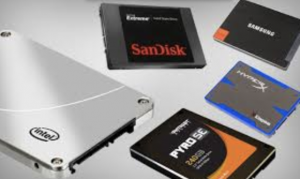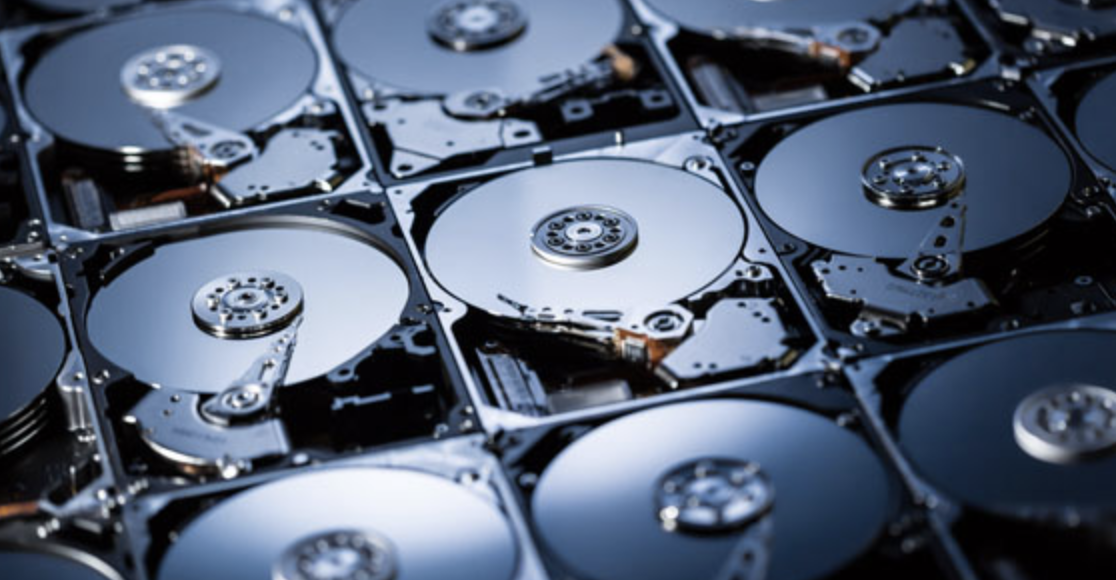The SSD or Solid State Drive is a data storage device that uses NAND flash memory. This is a non-volatile, rewritable memory that can retain data even when power is turned off.
Hard disks and SSDs: what are the differences?
 Unlike hard disks, SSDs have no moving mechanical parts, making them not only more shock-resistant but also perfectly silent. Also, this technology shortens data access time (approximately 0.1 ms) for a read/write speed of up to 600 MB/s or 4 GB/s depending on the connection interface used (SATA III or PCI Express).
Unlike hard disks, SSDs have no moving mechanical parts, making them not only more shock-resistant but also perfectly silent. Also, this technology shortens data access time (approximately 0.1 ms) for a read/write speed of up to 600 MB/s or 4 GB/s depending on the connection interface used (SATA III or PCI Express).
The power consumption is also lower than that of a hard disk: from 0.1 W to 0.9 W in standby and up to 0.9 W in operation against 0.5 W to 1.3 W in standby and from 2 W to 4 W in operation for a hard disk. SSDs are typically installed on very thin notebooks, ultrabooks or high-end models. It is also found on hybrid computers. In the latter case, the operating system is often loaded on the SSD while the data storage passes through a conventional hard disk (for example, Fusion Drive at Apple). This configuration increases start-up performance and responsiveness.
Variable life expectancy for SSDs.
SSDs for consumer use a NAND flash memory called “MLC” or Multi-Level Cell whose cells (transistors) can store two bits. This solution offers a low production cost but the increase in storage density results in shorter cell life and degradation of write performance. Now marginal and mainly used by some professionals, SSDs use NAND “SLC” or Single Level Cell, in which the cell stores only one bit. Its production cost is higher than the NAND MLC, but it guarantees better transfer speeds and longer life.
Since 2014, so-called 3D NAND memories have appeared. This process initiated by Toshiba consists in stacking up to 32 layers of cells to increase the storage density without having to reduce the size of the engravings. Three significant manufacturers develop this type of chip: Samsung, Intel-Micron, and Toshiba. The latter even goes as far as stacking 48 layers of cells.
Besides its still high price per Gigabyte compared to a mechanical hard disk, the main objection that can be made to the SSD is that the write-erase cycle of the data on the same cell is limited. It is estimated that it is about 100,000 cycles for NAND SLC and 10,000 cycles for NAND MLC. There is also a NAND “TLC” or Triple Level Cell that can store up to three bits per cell, but its life is even shorter (about 1,000 cycles per cell). However, progress is substantial, and the number of cycles continues to increase for MLC and TLC memories. Moreover, these figures do not mean much in concrete terms since an SSD disk will not decline rapidly even if some of the cells fail. The disk will lose capacity very slowly without losing data because it will be readjusted on functional cells.

